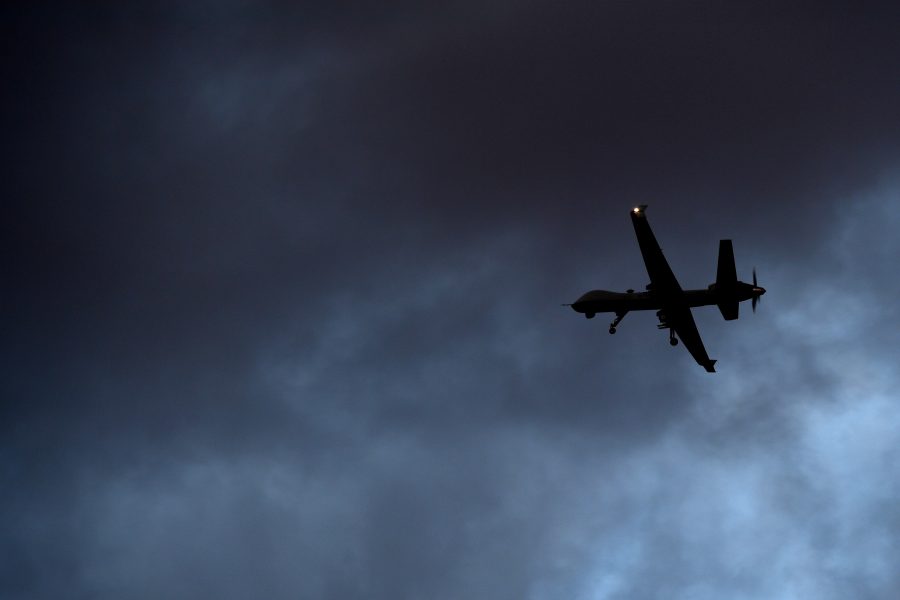Air Force acquisition boss Will Roper said Nov. 12 that he sees the service’s pursuit of a light attack aircraft splitting into two separate tracks: one that continues down the road to procurement and another that looks into new options for armed overwatch.
Special operations forces have been particularly vocal about the need for armed overwatch, which is currently provided by platforms like the MQ-9 Reaper and the AC-130J gunship. Roper said more experiments could be an ideal way to explore those possibilities.
“My caution in the future would be to take a scientist’s view, which is, discovery tends to lead to better questions,” he told reporters at a Defense Writers Group breakfast in Washington, D.C. “I think that’s likely what you’ll see from light attack, are kind of two prongs. Whether we call the armed overwatch ‘light attack’—probably not, because it’s not light attack—but we’ve learned the operators’ need for it, based on this experimentation.”
Considering armed overwatch would mark a departure from the original intent of the light attack program, which tested out airframes for missions like foreign military training and cheaper close air support than advanced fighter jets can provide.
The Air Force is now going through the process of buying two to three of both Textron’s AT-6 and Sierra Nevada Corp.-Embraer’s A-29 to further flesh out how the US and foreign militaries could use a light attack platform. Service officials have argued it could help the US invest fewer resources in counterinsurgency operations and free up fighter jets to train for more complex combat.
That effort evolved to include tests with AEROnet, a communications system that can let various assets from countries across a coalition talk to each other, and to shape the Air Force’s understanding of what other nations want from such a platform. Its scope also has expanded from looking at turboprop planes to potentially encompass assets like jets, drones, or helicopters. In addition, the service has considered the possibility of a “light intelligence, surveillance, and reconnaissance” platform.
As the light attack experiment went on, airmen also raised their concerns about more pressing needs that the effort didn’t quite address—like armed overwatch, Roper said.
“There are systems right now that we don’t really think of as being in the [US Special Operations Command] portfolio, like MQ-9s, that we’d like to explore and see, can they do a better job?” Roper said. “Experimentation with systems we have now, I think is a great way to try to go after that role.”
